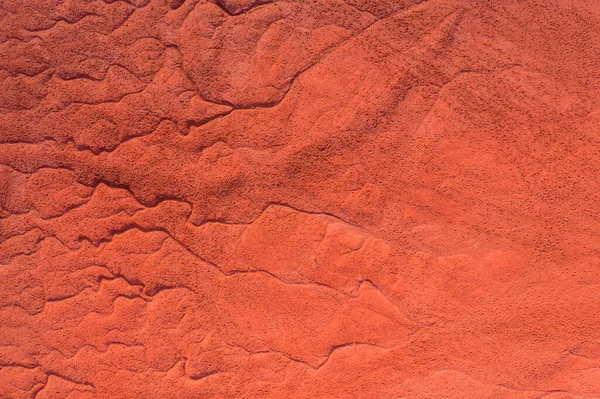Extraction of Valuable Metals from Red Mud

Chemical composition and mineral composition
Red mud contains various compounds. Its material composition includes: chemical composition and mineral composition. Valuable metals and non-metals constitute its chemical composition, such as Fe2O3, SiO2, etc. The common chemical elements in red mud are relatively rich. Such as calcium, aluminum, titanium, etc., there are very few rare earth elements in its composition, such as vanadium, gallium, chromium, etc. These elements are unevenly distributed in red mud, in a dispersed state, and exist in a homogeneous form.
The chemical composition and mineral composition of red mud are different in each place. The main reasons are: the composition of bauxite itself is different, the production process of alumina is different, and the composition of additives used in smelting alumina is different. The same, the composition of the compounds produced is not the same and so on. At present, the Bayer process has been widely used in alumina production at home and abroad. According to the different iron content of bauxite, Bayer red mud can be divided into high-iron red mud and low-iron red mud. Most of the former are produced abroad. The latter are mostly domestically produced. The content of iron in Bayer red mud varies in different regions of my country, which may be related to the source of bauxite.
Physical properties
Due to the different iron content, red mud will appear dark red, brown and off-white. Red mud is a granular substance with a particle diameter of 0.005mm~0.075mm; the pores of red mud are larger than those of soil, and its surface area is 64.09m2/g~186.9m2/g, relatively large, red mud has other physical properties, as follows: its density is 2.7g/cm3~2.89g/cm3, its water content is 82.3%~105.9%, saturated The temperature is 91.1%~99.6%, the melting point is 1200℃~1250℃, the plasticity is relatively good, reaching 17.0~30.0, and the water holding capacity is 79.03%~93.23%. The production process of the aluminum industry is different. Through this process, different types of red mud can be obtained, such as: Bayer red mud, sintered red mud, combined red mud, etc.
As a kind of industrial waste, red mud can be used for environmental protection to achieve the effect of controlling waste such as sewage treatment. Select a red mud with a diameter of 0.1mm, inject sulfuric acid into the red mud, then heat the reaction, then pass oxygen into it, stir slowly, and keep the temperature of the water bath constant. After the reaction is completed, ferric sulfate, aluminum sulfate The solution is filtered out, and acidity polymerized silicic acid is prepared. Ferric sulfate, aluminum sulfate solution and this silicic acid are mixed to react to produce polyferric aluminum silicate flocculant, which can be used to treat sewage. The adsorption performance of Bayer process red mud on sulfur dioxide waste gas was studied. The study found that the adsorption of SO2 mainly adopts chemical neutralization reaction, which is to react the basic compounds and acidic compounds in red mud; there are also physical adsorption characteristics, because some Compounds have adsorption capacity, and we can use these compounds in red mud to adsorb exhaust gas.
The particle size of red mud is relatively small, but its surface area is relatively large. It is also an absorbent that can absorb SO2. It has relatively high efficiency in absorbing SO2, and the process is relatively simple. Therefore, it is necessary to comprehensively consider the technology and target level of red mud treatment, strengthen the process of production, education and research, and combine government promotion with enterprise development needs, which will greatly improve the utilization rate of red mud.
With the development of metallurgical technology, researchers at home and abroad have attached great importance to the recovery of valuable metals from red mud, and proposed many processes in this area, mainly the Bayer process, which is widely used. In the process of extraction, different extraction methods are different, usually pyromethod and hydrometallurgy. Red mud is rich in various metal elements, such as scandium, which is a precious and rare element. Its content in the earth’s crust is relatively small, and its existence form in ores is homogeneous and isomorphic. The content of scandium in red mud is large , which enriches scandium in bauxite, because it is rich in red mud, so it is of great significance and value to use red mud to extract scandium. Although iron, aluminum, titanium and other metals can be seen in daily life, it means that the use of these metals is very common. Red mud is rich in these metals, so it is of great practical significance to recover these metals in red mud , has a certain economic value.
